U.S. News & World Report Announces the 2018 Best Universities and Colleges
U.S. News & World Report released its 2018 College Rankings. The Best Colleges 2018 edition offers rankings and data on nearly 1,800 colleges and universities across the U.S.
According to the report, the Best National University is Princeton (NJ), followed by Harvard (MA), University of Chicago (IL) which tied with Yale University (CT), and Columbia University (NY), MIT (MA) and Stanford University (CA) which all tied. The Best National Liberal Arts College is Williams College (MA), followed by Amherst College (MA). U.S. News also put together college rankings for Regional Universities and Regional Colleges.
To create the 2018 lists, U.S. News gathered data from each college. What they chose to ask about and how much they valued the response reflects the judgment of U.S. News. Based on the total score they received, schools were ranked against the other schools in their category.
The measures used to score the colleges and how much weight they were giving in the ranking formula, are below.
Graduation and retention rates (22.5 percent): Colleges scored top points for having the most students who returned to campus for sophomore year and eventually graduated. This may be the most important indicator as it shows the students selected were a good fit and that the school offers the services and classes that students need to succeed.
Undergraduate academic reputation (22.5 percent): This measure also counted for many points, but it’s an odd measure. The school’s reputation is based on an academic peer assessment survey of top academics at other schools, including presidents, provosts, deans of admissions and public high school counselors. Given how busy these people are, it’s questionable how much time they devote to investigating and understanding the programs at other schools. Also, they don’t all know all the latest news going on in the schools. Plus, it’s a survey. It’s not hard to imagine that little time gets devoted to filling one out. Therefore, this measure can be pretty inaccurate.
Faculty resources (20 percent): Class size is 40 percent of this measure. The assumption is that in smaller classes, students have more contact with their professors. Faculty salary counts 35 percent, the proportion of professors with the highest degrees in their field counts 15 percent, the student-faculty ratio is five percent and the proportion of faculty who are full time is five percent. Cynically, then, a college could hire more adjunct and part-time teachers to bring the class sizes down and up their score. If a school wanted to bring their ranking up, they could also pay the faculty a little more. This doesn’t mean the faculty will be doing anything different for the students.
Student selectivity (12.5 percent): The admissions test scores for all enrollees who took the Critical Reading and Math portions of the SAT and the ACT is 65 percent of this measure. The proportion of freshmen who graduated in the top 10 percent of their high school classes or the proportion of freshmen at regional universities and colleges who graduated in the top 25 percent of their classes counts are 25 percent, and the ratio of admitted students to applicants counts 10 percent.
Faculty resources (10 percent): This counts per-student spending, meaning the average spending per student on instruction, research, student services and related educational expenditures. Not sports, dorms or hospitals.
Graduation rate performance (7.5 percent): They basically measure the difference between a school’s six-year graduation rate for the class that entered in 2010 and the U.S. News prediction for the class. This indicator is supposed to show the effect of the college’s programs and policies on the graduation rate of students.
Alumni giving rate (5 percent): This reflects the average percentage of living alumni with bachelor’s degrees who gave to their school during 2014-2016. Perhaps, this also says something about the amount of junk mail some colleges send to their alumni.
Families interested in all the data about each of the 1,600+ schools in the U.S. News Best Colleges rankings can access it online for $39.95 for one year.
NOTE FROM INTERNATIONAL COLLEGE COUNSELORS: All in all, the kinds of rankings aren’t too valuable. The best college for one student is not necessarily the best college for another. Plus, the data being used for these rankings do not result in the most accurate lists.
We can help you find the best ‘Best Fit’ College for your student. Contact an expert college counselor at International College Counselors.
For help choosing the best schools, visit https://internationalcollegecounselors.com/ or call 954-414-9986.
About International College Counselors
The college advisors at International College Counselors help students from all over the world find, apply to, and gain acceptance into the college of their dreams. The expert educational consultants at International College Counselors are dedicated to helping students and their families successfully navigate the college admission process.
Additional Resources
From Public School to the Ivy League: How to Get Into a Top School Without Top Dollar Resources by Mandee Heller Adler and Aimee Heller, International College Counselors
NEW! International Admissions: How to get Accepted to U.S. Colleges by Mandee Heller Adler and Aimee Heller, International College Counselors


